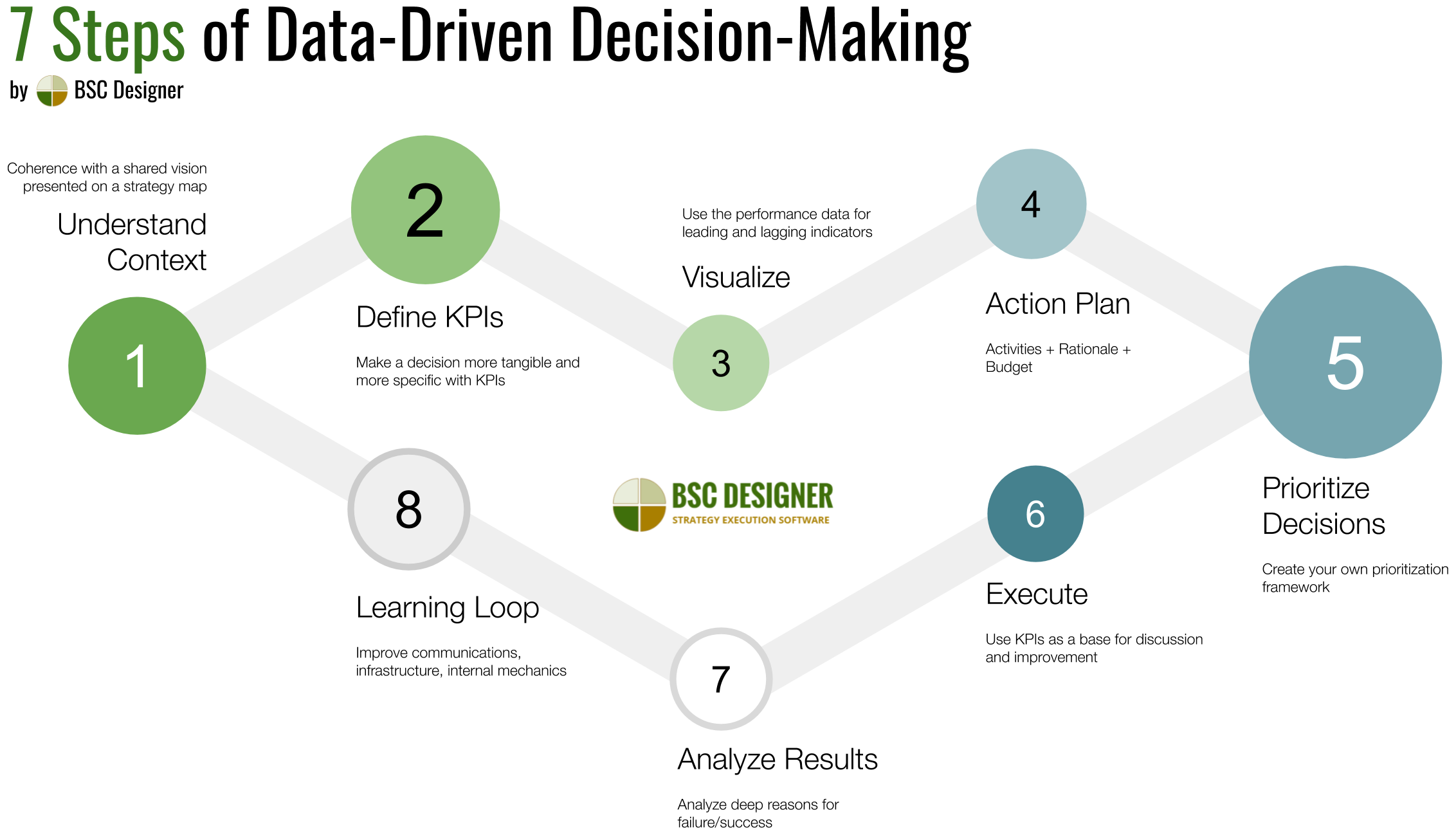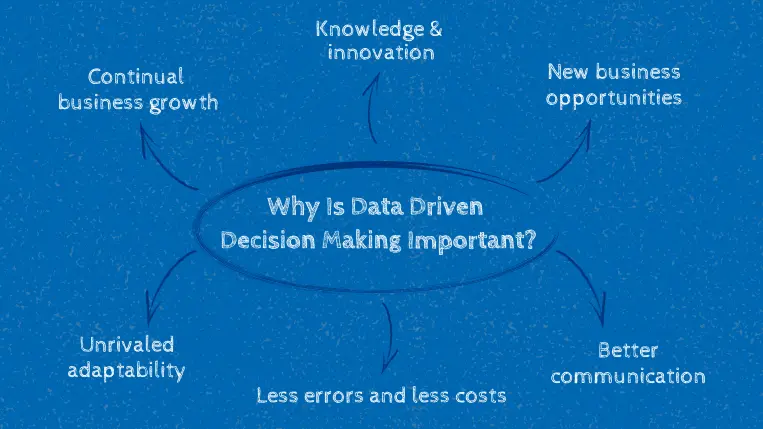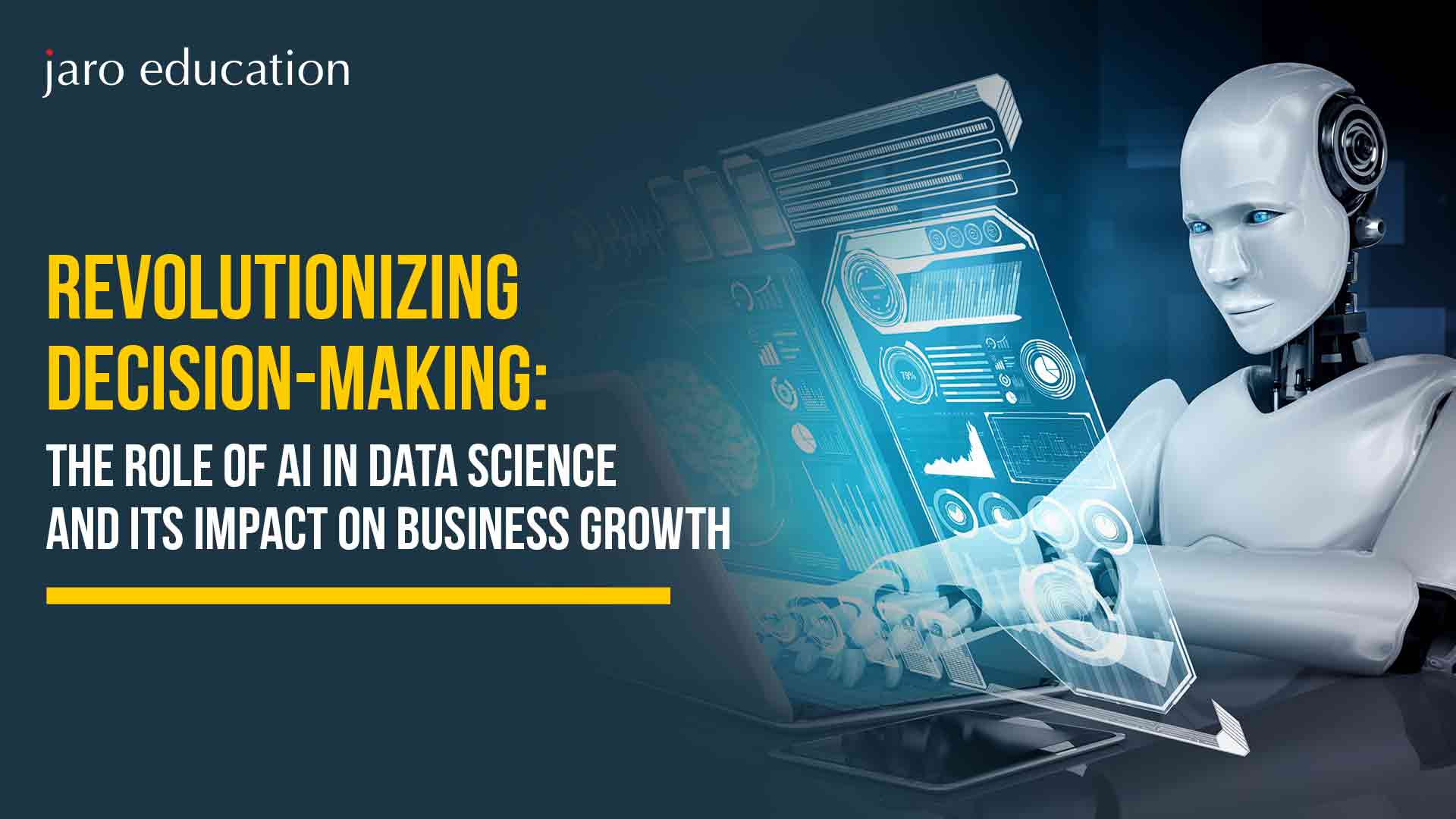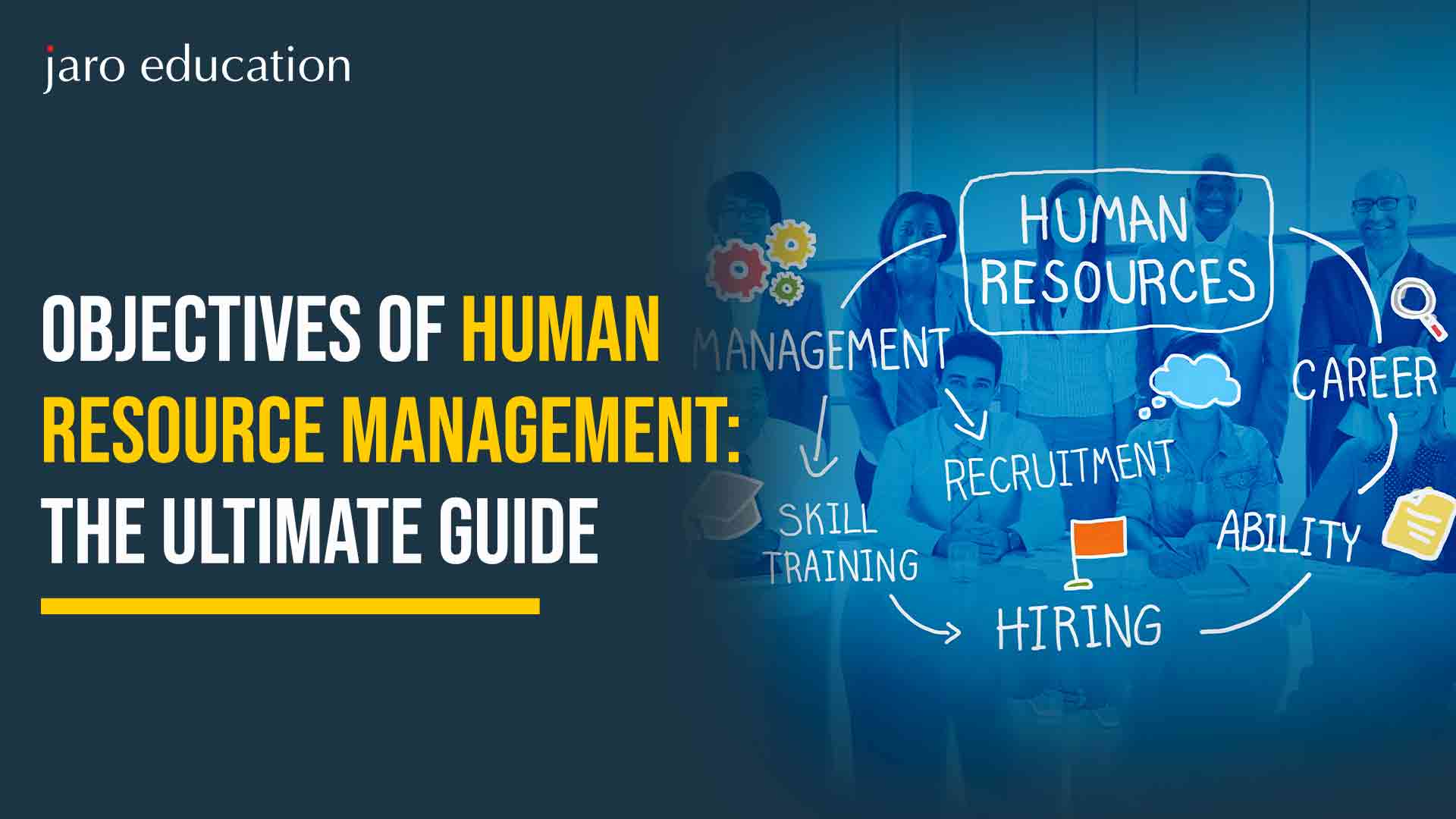How Data-Driven Decision Making is Transforming Business Strategies
Table of Contents

In today’s fast-paced and hyper-competitive business landscape, organisations are constantly seeking new ways to gain a strategic edge, enhance operational efficiency, and deliver superior customer experiences. One of the most revolutionary developments in this pursuit has been the rise of data driven decision making. By leveraging data as a strategic asset, businesses are not only responding to change more effectively but are also shaping the future of their industries. This article explores in depth what is data driven decision making, the importance of decision making, the extensive use of data for decision making, and how these elements are collectively transforming business strategies across sectors.
Understanding What is Data Driven Decision Making
To truly appreciate the impact of data driven decision making, we must first understand what is data driven decision making at its core. Simply put, data driven decision making refers to the practice of collecting and analysing data to guide and inform business decisions. Unlike traditional decision-making approaches, which often rely on intuition, gut feeling, or anecdotal evidence, data driven decision making emphasises objectivity, accuracy, and empirical validation.
Data may come from various sources—internal systems such as CRM platforms, ERP tools, and HR systems, or external sources like market research reports, social media, and public databases. The goal is to extract actionable insights that enable organisations to make smarter, faster, and more informed decisions.

*bscdesigner.com
The Evolution from Intuition to Information
Historically, business leaders made decisions based on experience, industry knowledge, and instinct. While these qualities still hold value, the limitations of intuition become apparent in complex, rapidly evolving environments. In contrast, the use of data for decision making empowers organisations to navigate uncertainty with confidence. Data provides clarity, reveals hidden patterns, and helps anticipate outcomes before they occur.
The shift toward data driven decision making marks a fundamental change in business culture. It prioritises facts over hunches, and predictive modelling over guesswork. It’s not just about collecting information—it’s about embedding data into the DNA of decision-making processes.
The Strategic Role and Importance of Decision Making in Business
The importance of decision making cannot be overstated in business. Every decision—whether operational, tactical, or strategic—carries consequences that affect profitability, reputation, and long-term viability. Effective decision making influences resource allocation, talent management, product development, customer engagement, and market positioning.
In this context, data driven decision making emerges as a vital competency. It equips decision-makers with the tools they need to assess options, weigh risks, and justify actions. The use of data for decision making turns ambiguity into insight, enabling organisations to:
- Identify market trends and customer behaviours
- Optimise internal processes
- Drive innovation
- Mitigate risks
- Improve financial performance
When data underpins decisions, the results are typically more measurable, repeatable, and scalable—factors that are essential for long-term success.
Mechanics Behind Data Driven Decision Making
To implement effective data driven decision making, businesses must follow a systematic process that involves:
Data Collection
The first step in data driven decision making is gathering relevant data from a multitude of sources. These can include transaction logs, social media interactions, customer feedback, sensor data from IoT devices, supply chain data, and more. The breadth and diversity of data collected determine the richness of insights available.
Data Cleaning and Preparation
Raw data is often messy and unstructured. It must be cleaned, validated, and transformed into a format suitable for analysis. This involves removing duplicates, handling missing values, and ensuring consistency across data sets.
Data Analysis and Modelling
This stage involves applying statistical techniques, machine learning algorithms, and data visualisation tools to identify patterns, trends, and correlations. Businesses can use descriptive analytics (what happened), diagnostic analytics (why it happened), predictive analytics (what will happen), and prescriptive analytics (what should be done) to guide their strategies.
Interpretation and Decision-Making
Insights generated through data analysis must be interpreted in a business context. Decision-makers must understand the implications of findings and translate them into concrete actions. This is where the importance of decision making becomes apparent—no insight is valuable unless it drives meaningful action.
Monitoring and Refinement
Finally, decisions based on data must be monitored over time. Are the expected outcomes being achieved? What needs adjustment? Continuous feedback loops help refine the decision-making process and ensure that strategies remain aligned with dynamic business goals.

*rib-software.com
How Data Driven Decision Making is Reshaping Business Functions?
Let’s examine how data driven decision making is influencing key areas within organisations:
Marketing and Customer Experience
Marketing teams are increasingly relying on data driven decision making to craft targeted campaigns, personalise customer experiences, and measure ROI. By analysing customer data—such as demographics, browsing behaviour, and purchase history—marketers can segment audiences, tailor messages, and predict customer needs.
The use of data for decision making enables real-time optimisation of campaigns, A/B testing of messages, and attribution modelling. This level of precision was previously unimaginable.
Finance and Risk Management
In finance, data driven decision making supports accurate forecasting, budget allocation, fraud detection, and compliance management. Advanced analytics help identify anomalies in transactions, assess credit risks, and automate financial reporting. The importance of decision making in finance is immense, as even minor misjudgments can have significant financial repercussions.
Operations and Supply Chain
Operational efficiency depends on smart resource planning, demand forecasting, and logistics optimisation. Data driven decision making in supply chain management allows businesses to anticipate delays, reduce inventory costs, and improve supplier performance. Real-time dashboards and predictive analytics ensure that operations are agile and responsive to change.
Human Resources
In HR, the use of data for decision making is transforming how companies hire, retain, and engage talent. From predictive hiring models to employee sentiment analysis, data driven decision making helps HR leaders make more equitable and effective decisions about workforce strategy.
Product Development and Innovation
Data collected from customer interactions, usage patterns, and market feedback can guide the product development lifecycle. Data driven decision making allows teams to identify features that resonate with users, prioritise development efforts, and reduce time-to-market.
Competitive Advantage through Data Driven Decision Making
Organisations that have embraced data driven decision making enjoy a significant competitive advantage. They are better equipped to anticipate market shifts, respond to customer demands, and innovate at scale. According to studies from McKinsey and Harvard Business Review, data-mature companies are more likely to outperform their peers in revenue growth, customer satisfaction, and operational efficiency.
The use of data for decision making creates a virtuous cycle of improvement. The more data is used, the more insights are generated. The more insights are acted upon, the more data is created through new business activities. This feedback loop enables continuous learning and adaptation, key attributes for success in volatile markets.
Culture and Leadership in the Age of Data Driven Decision Making
One of the most underestimated aspects of data driven decision making is organisational culture. Leaders must foster an environment where data is valued, accessible, and actionable. This requires investments in data literacy, democratisation of analytics tools, and breaking down silos that inhibit information sharing.
Leadership plays a pivotal role in modelling data-centric behaviour. When executives use data to justify decisions, it signals to the rest of the organisation that decisions should not be made in a vacuum. Encouraging a culture where the importance of decision making is emphasised and data is integral to every discussion ensures alignment across departments and objectives.
Challenges in Implementing Data Driven Decision Making
While the benefits of data driven decision making are clear, implementing it effectively comes with challenges:
- Data Quality and Accessibility: Poor data quality leads to poor decisions. Businesses must ensure data integrity and remove barriers to access.
- Technology Integration: Legacy systems often lack compatibility with modern analytics platforms.
- Talent Gaps: Data scientists, analysts, and data engineers are in high demand, and many organisations struggle to build capable teams.
- Resistance to Change: Shifting from instinct to data requires a mindset change, which may meet resistance from traditionalists.
Overcoming these hurdles requires a coordinated effort involving leadership commitment, strategic investments, and a clear vision for the role of data in achieving business goals.
Industry-Specific Impacts of Data Driven Decision Making
Different industries are experiencing the benefits of data driven decision making in unique and transformative ways. Let’s explore how key sectors are leveraging the use of data for decision making to innovate, compete, and thrive.
Healthcare
In healthcare, data driven decision making is revolutionising everything from patient care to administrative efficiency. By analysing Electronic Health Records (EHRs), wearables, and genomics data, medical professionals can identify disease patterns, predict patient risks, and personalise treatment plans. This reduces readmission rates, enhances patient outcomes, and lowers costs.
Moreover, the importance of decision making in life-and-death situations means that clinical decisions supported by data analytics are more likely to be accurate and evidence-based. Data also supports administrative decisions, such as resource allocation, staffing, and compliance with regulations.
Retail and E-commerce
Retailers are tapping into massive volumes of consumer data to understand buying behaviour, predict demand, and enhance customer satisfaction. The use of data for decision making allows e-commerce platforms to recommend products, optimise pricing, and fine-tune inventory management.
For example, a retailer might use data driven decision making to determine which products to promote during holiday seasons based on historical sales, weather patterns, and social media sentiment. Such insights can increase conversion rates and reduce excess inventory.
Manufacturing
Manufacturing companies are adopting data driven decision making to drive efficiency in production, maintenance, and supply chain logistics. Predictive maintenance powered by sensor data helps reduce machine downtime. Quality control decisions are improved by real-time analytics that detect anomalies on the assembly line.
In an industry where operational precision is critical, the importance of decision making based on real-time data cannot be overstated. From raw materials sourcing to final distribution, data guides every step of the process.
Education
Educational institutions are also embracing data driven decision making to enhance learning outcomes and operational performance. Learning Management Systems (LMS) collect data on student engagement, performance, and feedback. Administrators and educators can use this information to tailor instruction, identify at-risk students, and allocate resources more effectively.
The use of data for decision making in education ensures that strategies are student-centred, evidence-based, and responsive to evolving needs.
Transportation and Logistics
The logistics industry relies heavily on data driven decision making for route optimisation, fuel management, and demand forecasting. Real-time GPS data, traffic updates, and weather conditions all feed into algorithms that help logistics companies make efficient and cost-effective decisions.
The importance of decision making in this industry lies in its direct impact on customer satisfaction, delivery timelines, and fuel consumption—key metrics that determine profitability.
Future of Data Driven Decision Making
The journey of data driven decision making is far from over. As new technologies emerge, the potential for deeper, more accurate, and more predictive insights grows exponentially.
Artificial Intelligence and Machine Learning
AI and ML are taking data driven decision making to the next level. These technologies can process vast datasets at lightning speed, uncover hidden patterns, and make real-time recommendations. The use of data for decision making is becoming increasingly automated, enabling businesses to react instantly to changing conditions.
For example, dynamic pricing engines, fraud detection systems, and AI-powered customer service bots rely on constant data streams to make informed decisions in real time.
Real-Time Analytics
Real-time analytics tools allow decision-makers to respond to data as it is generated. This is crucial in industries like finance, cybersecurity, and healthcare, where seconds matter. The importance of decision making in such high-stakes environments means that real-time insights are not a luxury but a necessity.
Edge Computing and IoT
With the proliferation of IoT devices, data is being generated at the edge, close to where decisions need to be made. Edge computing allows for low-latency processing, enabling data driven decision making at the source, such as in smart factories, autonomous vehicles, and remote healthcare monitoring systems.
Democratisation of Data
As data tools become more user-friendly, non-technical users are increasingly empowered to make data-informed decisions. This democratisation supports a decentralised model of data driven decision making where insights are not confined to the IT or analytics teams, but are available to marketing, HR, operations, and beyond.
The use of data for decision making across departments fosters collaboration, transparency, and shared ownership of outcomes.
Building a Roadmap for Organisational Success with Data Driven Decision Making
To fully harness the potential of data driven decision making, businesses must build a robust roadmap that includes:
- Leadership Buy-in: Executives must champion data as a strategic asset.
- Data Governance: Establish policies around data quality, security, and privacy.
- Skill Development: Upskill employees in data literacy, analytics, and interpretation.
- Technology Investment: Implement modern data platforms, visualisation tools, and analytics solutions.
- Cultural Change: Promote a mindset where the importance of decision making is grounded in empirical evidence.
By aligning people, processes, and technology around the use of data for decision making, businesses can create a resilient, innovative, and adaptive organisational structure.
Conclusion
Data driven decision making is not just a trend—it is the new standard for strategic excellence. As businesses grapple with increasing complexity, uncertainty, and competition, the importance of decision making has never been more pronounced. Decisions backed by data offer greater clarity, accuracy, and foresight.
Understanding what is data driven decision making helps organisations move from reactive to proactive strategies. The use of data for decision making transforms how businesses operate, innovate, and interact with customers. It is the foundation of competitive advantage in the digital age.
As we move forward, those who embed data driven decision making into every level of their operations will not only survive but thrive. The future belongs to the informed, and the informed rely on data.
Frequently Asked Questions
What tools and software are most commonly used for data driven decision making?
Businesses often rely on tools like Power BI, Tableau, Google Data Studio, Apache Spark, SAS, and cloud platforms like AWS and Azure for analytics. These tools help collect, visualise, and interpret data to support data driven decision making across different departments.
How can small businesses adopt data-driven decision making without large budgets?
Small businesses can start with affordable or free tools like Google Analytics, Microsoft Excel, and open-source platforms such as KNIME or Apache Superset. Focusing on key metrics, setting clear KPIs, and using available data efficiently can help them implement data driven decision making on a smaller scale.
What ethical considerations are involved in data driven decision making?
Ethical concerns include data privacy, consent, algorithmic bias, and transparency. Organisations must ensure their use of data for decision making respects user privacy, avoids discrimination, and adheres to regulations like GDPR and CCPA.
Can data driven decision making lead to over-reliance on data and underestimation of human judgment?
Yes, over-reliance on data can sometimes ignore context, qualitative factors, or emerging trends that data may not yet reflect. A balanced approach that integrates data insights with human expertise ensures more holistic decision-making.
How does data driven decision making affect organisational agility and innovation?
Data driven decision making enhances agility by enabling faster pivots based on real-time insights. It also fosters innovation by uncovering unmet customer needs and performance gaps, which may not be visible through traditional analysis.
Recent Blogs
It seems we can't find what you're looking for.















